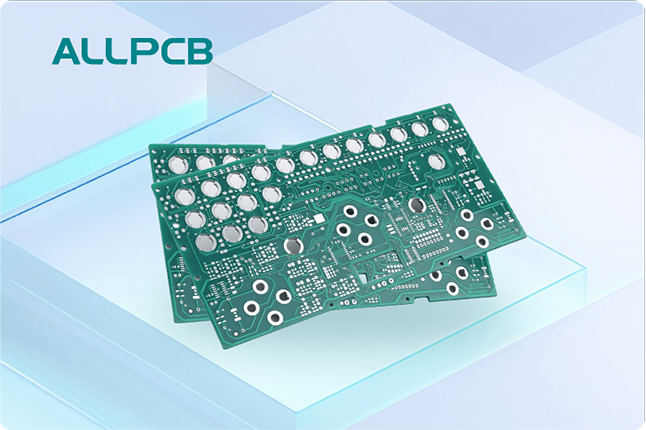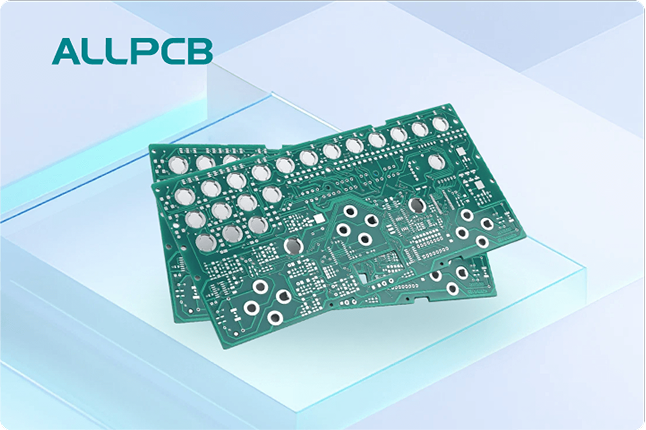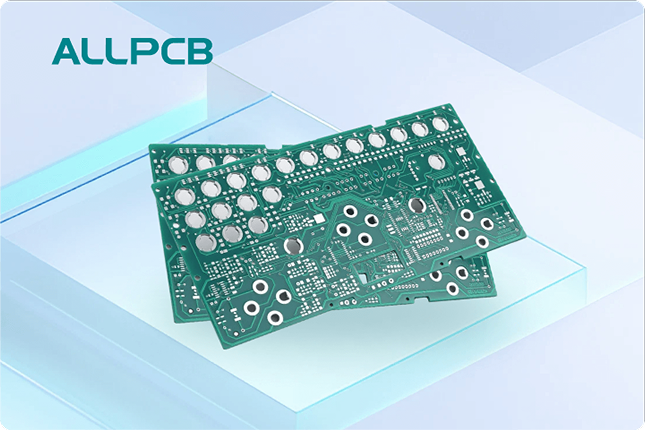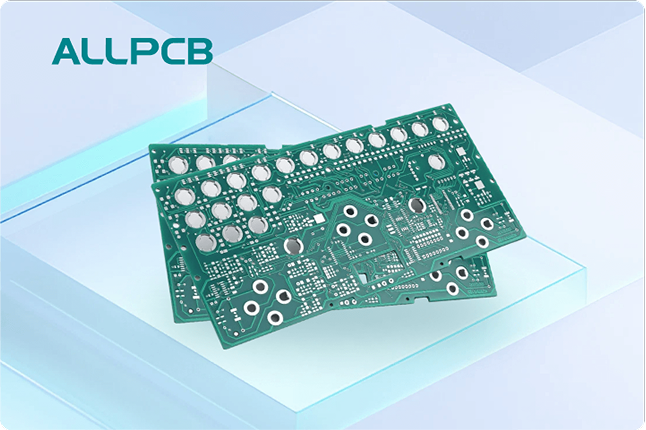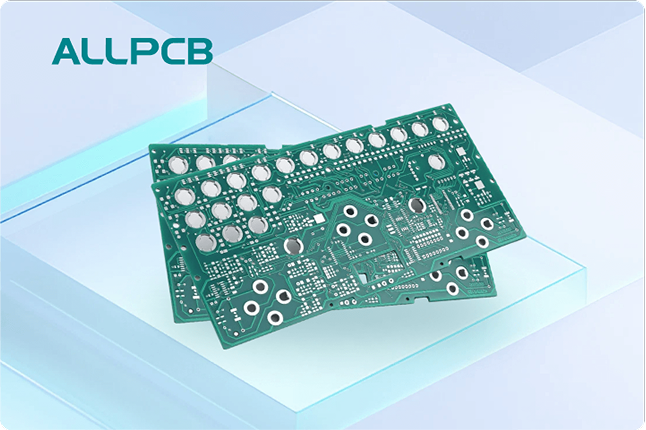Are you wondering if PCB X-ray inspection is worth the investment for your manufacturing process? The answer is yes, in most cases, especially when quality, defect prevention, and long-term savings are priorities. This advanced inspection method can significantly reduce rework costs, improve product reliability, and ensure compliance with industry standards, delivering a strong return on investment (ROI) over time. In this detailed guide, we'll break down the costs and benefits of PCB X-ray inspection, focusing on X-ray ROI, cost justification, defect prevention, rework reduction, and long-term savings.
What Is PCB X-ray Inspection and Why Does It Matter?
PCB X-ray inspection is a non-destructive testing method used to examine the internal structure of printed circuit boards (PCBs). Unlike traditional visual inspections, X-ray technology allows manufacturers to see hidden defects such as solder voids, misaligned components, or broken connections beneath the surface of complex assemblies like Ball Grid Arrays (BGAs) or multi-layer boards. This method is critical in industries where reliability is non-negotiable, such as aerospace, medical, and automotive sectors.
The importance of X-ray inspection lies in its ability to catch issues early in the production process. By identifying defects before they lead to failures, manufacturers can avoid costly recalls, reduce waste, and maintain customer trust. But with the upfront costs of equipment and implementation, many businesses hesitate. Let’s dive into whether the benefits outweigh the expenses.
The Costs of PCB X-ray Inspection: What to Expect
Before diving into the benefits, it’s essential to understand the financial commitment involved in adopting X-ray inspection. The costs can vary widely based on the type of equipment, scale of operations, and specific needs of your production line. Here are the primary cost factors:
- Equipment Costs: Entry-level X-ray machines for PCB inspection can start at $50,000, while high-end systems with advanced imaging and automation features may exceed $200,000. The price depends on resolution, speed, and the ability to handle complex boards.
- Installation and Training: Setting up an X-ray system often requires specialized installation, costing between $5,000 and $20,000. Additionally, training staff to operate the equipment and interpret results can add another $2,000 to $10,000 initially.
- Maintenance and Operation: Annual maintenance for X-ray systems can range from $3,000 to $10,000, depending on usage and machine complexity. Operating costs, including electricity and periodic calibration, may add another $1,000 to $5,000 per year.
- Software and Upgrades: Many systems require specialized software for analysis, which can cost $5,000 to $15,000 upfront, with recurring licensing fees of $1,000 to $3,000 annually. Upgrades to keep up with evolving technology might also be necessary every few years.
For small to medium-sized manufacturers, these costs can seem daunting, especially if production volumes are low. However, the potential savings and quality improvements often justify the expense, as we’ll explore next.
The Benefits of PCB X-ray Inspection: Why Invest?
While the upfront costs of X-ray inspection are significant, the benefits can far outweigh them, especially when considering defect prevention, rework reduction, and long-term savings. Let’s break down the key advantages:
1. Defect Prevention for Higher Quality
One of the most significant advantages of X-ray inspection is its ability to detect hidden defects early in the manufacturing process. Issues like solder voids in BGA components or internal cracks in multi-layer boards can go unnoticed with traditional inspection methods. X-ray systems can identify these problems with precision, often achieving defect detection rates above 95% for critical issues.
By catching defects before assembly is complete, manufacturers can address issues immediately, ensuring that only high-quality boards move forward in production. This is especially crucial in industries with strict standards, where a single failure can lead to severe consequences.
2. Rework Reduction Saves Time and Money
Reworking defective PCBs is both time-consuming and expensive. Studies suggest that the cost of rework can range from $10 to $50 per board, depending on the complexity and the stage at which the defect is discovered. For a batch of 1,000 boards with a 5% defect rate, that’s $500 to $2,500 in rework costs alone. X-ray inspection can reduce defect rates to below 1%, slashing these expenses significantly.
Moreover, early defect detection means less time spent troubleshooting and repairing boards, allowing production lines to run more efficiently. This directly impacts your bottom line by reducing labor costs and speeding up delivery times.
3. Long-Term Savings Through Reliability and Compliance
Investing in X-ray inspection contributes to long-term savings by improving product reliability. Reliable PCBs mean fewer returns, warranty claims, and customer complaints. For instance, in the automotive industry, a single defective board in a vehicle control system can cost thousands in repairs and damage brand reputation. X-ray inspection helps ensure that internal connections are flawless, reducing failure rates by up to 80% in some cases.
Additionally, X-ray inspection helps manufacturers meet stringent industry standards, such as IPC-A-610 for electronics assembly. Compliance is critical for sectors like medical and aerospace, where non-compliance can result in fines or loss of contracts. By ensuring quality, X-ray systems protect your business from these costly risks.
4. Non-Destructive Testing Preserves Boards
Unlike some testing methods that may damage or destroy a PCB during inspection, X-ray technology is non-destructive. This means you can inspect every board without worrying about waste or additional costs. For high-value PCBs, where each unit might cost hundreds of dollars, this preservation is a significant financial advantage.
Calculating X-ray ROI: Is It Worth It for Your Business?
To determine if X-ray inspection offers a strong ROI for your operations, you need to compare the costs against the savings and benefits over time. Let’s walk through a simplified example to illustrate X-ray ROI and cost justification.
Imagine a medium-sized manufacturer producing 50,000 PCBs annually. Without X-ray inspection, they experience a defect rate of 5%, leading to 2,500 defective boards. At a rework cost of $20 per board, that’s $50,000 in rework expenses each year. Additionally, 1% of defective boards (500 units) fail in the field, resulting in warranty claims averaging $100 per unit, or $50,000 in losses.
By implementing an X-ray system for a one-time cost of $100,000 and annual operating expenses of $5,000, the defect rate drops to 1% (500 defective boards). Rework costs fall to $10,000, and field failures drop to 0.2% (100 units), reducing warranty claims to $10,000. In the first year alone, total savings are $80,000 ($40,000 from rework reduction + $40,000 from fewer warranty claims). After subtracting the $5,000 operating cost, net savings are $75,000, nearly offsetting the initial investment.
Over five years, assuming consistent production and defect rates, the cumulative savings could exceed $375,000, far surpassing the initial and ongoing costs. This example demonstrates how X-ray inspection can deliver substantial long-term savings, making it a smart investment for many manufacturers.
Challenges and Considerations Before Investing
While the benefits are clear, X-ray inspection isn’t without challenges. It’s important to weigh these factors before making a decision:
- High Initial Investment: As mentioned earlier, the upfront cost can be a barrier for smaller businesses with limited budgets. Consider starting with outsourced X-ray inspection services to test the waters before committing to in-house equipment.
- Skilled Personnel Required: Operating X-ray systems and interpreting results require trained staff. Factor in the cost and time for training or hiring specialists.
- Not a Cure-All: X-ray inspection excels at detecting internal defects but may not catch surface-level issues like scratches or contamination. It should be part of a broader quality control strategy that includes visual and automated optical inspections (AOI).
Who Should Invest in PCB X-ray Inspection?
X-ray inspection isn’t a one-size-fits-all solution. It’s most beneficial for manufacturers who:
- Produce high-volume or high-value PCBs where defects have significant financial consequences.
- Work in regulated industries requiring strict quality standards, such as medical, aerospace, or automotive.
- Use complex assemblies like BGAs or multi-layer boards where hidden defects are common.
For smaller operations with simpler boards and lower defect rates, the cost may not be justified. In such cases, partnering with a service provider for occasional X-ray inspections might be a more cost-effective option.
Tips for Maximizing X-ray ROI
If you decide to invest in X-ray inspection, here are some practical steps to ensure you get the most value from your investment:
- Start with Critical Products: Focus X-ray inspection on high-risk or high-value products first to maximize defect prevention and savings.
- Integrate with Other Methods: Combine X-ray with other quality control techniques like AOI to cover all potential defect types.
- Track and Analyze Data: Use inspection data to identify recurring issues in your process and address root causes, further reducing defect rates over time.
- Negotiate Equipment Costs: Shop around for systems that match your needs without overpaying for unnecessary features. Consider refurbished or leased equipment to lower initial costs.
Conclusion: Balancing Cost and Quality with PCB X-ray Inspection
So, is PCB X-ray inspection worth the investment? For many manufacturers, the answer is a resounding yes. The ability to prevent defects, reduce rework, and achieve long-term savings makes it a powerful tool for ensuring quality and reliability. While the upfront costs can be high, the potential X-ray ROI often justifies the expense, especially for businesses dealing with complex boards or strict industry standards.
By carefully evaluating your production needs, defect rates, and budget, you can make an informed decision about whether to invest in this technology. For those who choose to move forward, the benefits of improved quality, reduced costs, and enhanced customer satisfaction are well within reach. At ALLPCB, we’re committed to helping you achieve the highest standards in PCB manufacturing with cutting-edge solutions tailored to your needs.
 ALLPCB
ALLPCB


